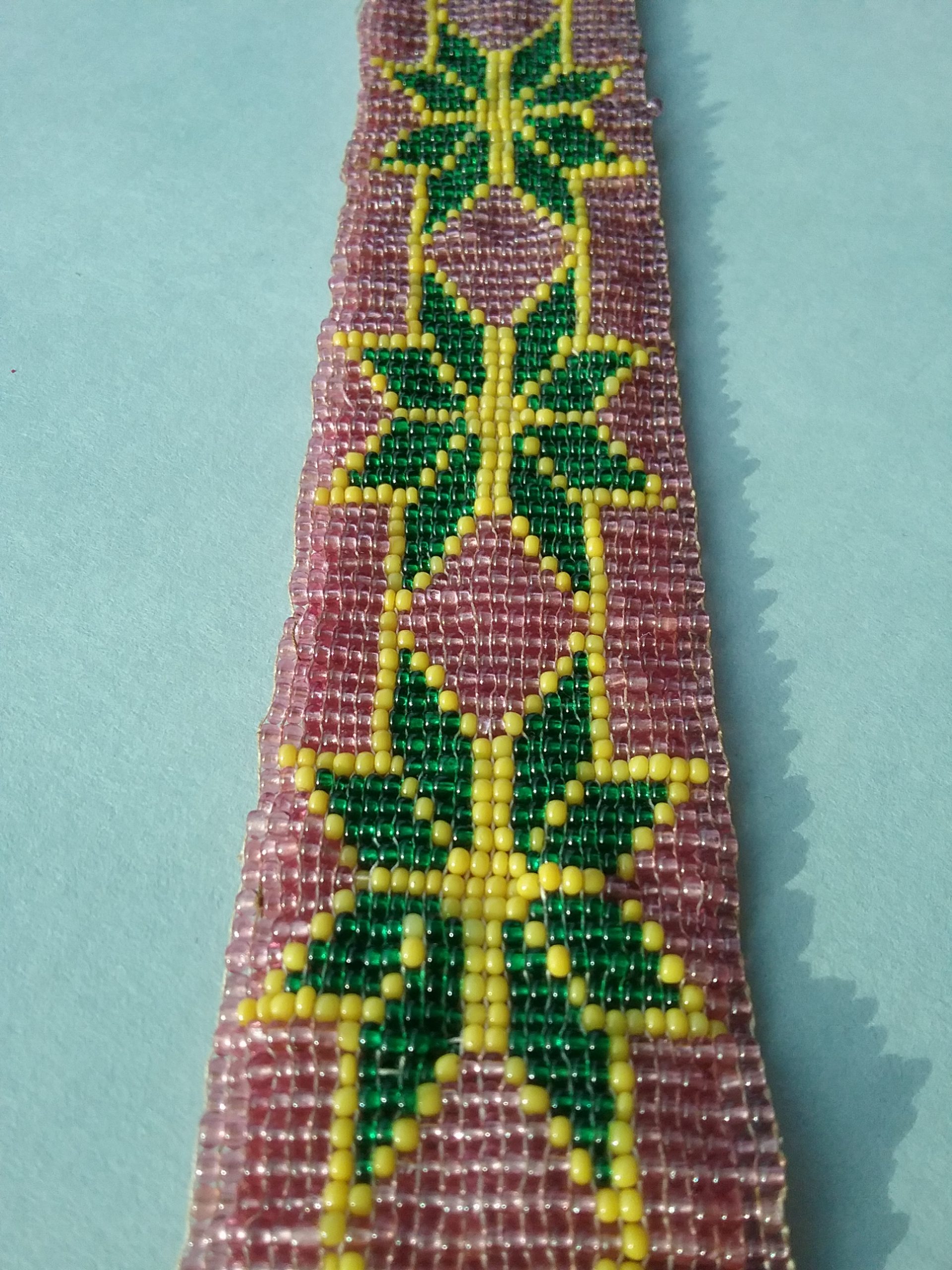BEAD
noun
a small piece of glass, stone, or similar material, typically rounded and perforated for threading with others as a necklace or rosary or for sewing onto fabric
verb
decorate or cover with beads
When a museum collection gets large and diverse enough, the number of ways that items in the collection can tell a story expands.
An artifact can tell the story of the person or family who used it, convey the history of a business or industry, or showcase an important event. When displaying a number of artifacts together in an exhibit, a more complex story with multiple viewpoints can emerge.
However, the materials used to create artifacts can also tell their own story. Wood, glass, bone, metal, fabric, pottery, plastics, and more all have special methods for turning them into objects.
And grouping like items together regardless of the materials used can present an interesting point of contrast between those items. Think about the wide diversity of materials in an exhibit made up of tools.
In 2020, the year of the novel coronavirus (COVID-19) pandemic, prior to the March lock-down that closed the Weyerhaeuser Museum, staff of the Morrison County Historical Society put together an exhibit concentrating on one type of artifact: The humble bead.
Our collection contains tens of thousands of items, providing plenty of beaded items to choose from in creating this exhibit. A number of beaded items were also loaned to MCHS for the exhibit, which we simply called BEAD.
Because the pandemic prevented MCHS from having an exhibit opening or from allowing most people to see the exhibit at the museum, we present BEAD here. If you have questions about any of the items in our exhibit, give museum staff a call at 320-632-4007.
To prevent endless scrolling through the exhibit, we’ve broken it into several object categories. Select each link to work your way through the exhibit.
BEAD Exhibit Intro (will bring you back to this page)
Gashkibidaagan (Ojibwe bandolier bags)


